ARM launches chip to power Internet of Things devices
Cortex-M7 processor comes with double the compute power, aimed at next generation of smart devices
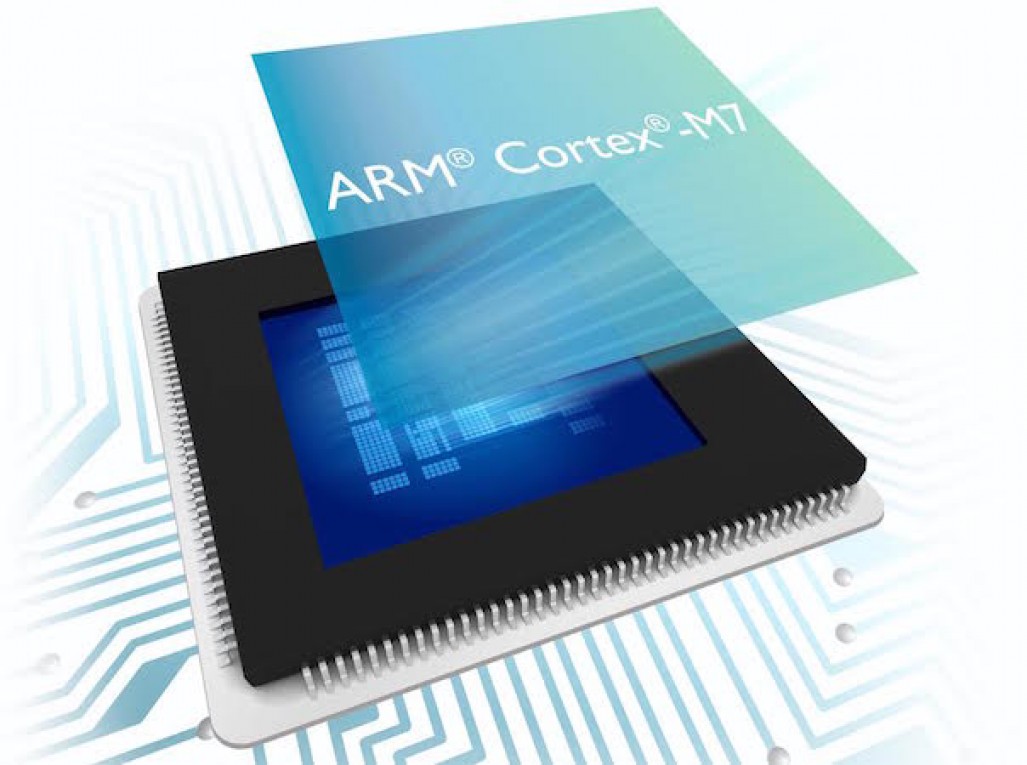

ARM has revealed its latest processor targeting Internet of Things (IoT) devices.
The 32-bit Cortex-M processor claims to allow manufacturers to include more functionality and features into devices, such as next generation vehicles, connected devices, and smart homes and factories.
The Cortex-M7 runs at 400MHz and has a 64-bit Advanced eXtensible Interface(AXI) interconnect with caches for instruction and data allowing access to large external memories and peripherals.
ARM said the chip had a "tightly coupled" memory interface for real-time response and offered twice the performance of its Cortex-M4 and can execute twice as many instructions simultaneously.
With the chip being able to deliver 2000 Coremarks, ARM said this would allow MCU silicon manfacturers to make devices with highly demanding applications while keeping development costs low.
"The addition of the Cortex-M7 processor to the Cortex-M series allows ARM and its partners to offer the most scalable and software-compatible solutions possible for the connected world," said Noel Hurley, general manager of the CPU group at ARM. "The versatility and new memory features of the Cortex-M7 enable more powerful, smarter and reliable microcontrollers that can be used across a multitude of embedded applications."
The chip designer said the update meant it was capable of faster processing of audio and image data and voice recognition which would be immediately apparent to users.
Get the ITPro daily newsletter
Sign up today and you will receive a free copy of our Future Focus 2025 report - the leading guidance on AI, cybersecurity and other IT challenges as per 700+ senior executives
The core also provides the same C-friendly programmer's model and is binary compatible with existing Cortex-M processors, claimed the firm. "Ecosystem and software compatibility enables simple migration from any existing Cortex-M core to the new Cortex-M7. System designers can therefore take advantage of extensive code reuse which in turn offers lower development and maintenance costs."
The chip is available to ARM licensees such as Atmel, Freescale and ST Microelectronics and should find its way into devices by the end of 2015, the firm said.
Rene Millman is a freelance writer and broadcaster who covers cybersecurity, AI, IoT, and the cloud. He also works as a contributing analyst at GigaOm and has previously worked as an analyst for Gartner covering the infrastructure market. He has made numerous television appearances to give his views and expertise on technology trends and companies that affect and shape our lives. You can follow Rene Millman on Twitter.
-
 Bigger salaries, more burnout: Is the CISO role in crisis?
Bigger salaries, more burnout: Is the CISO role in crisis?In-depth CISOs are more stressed than ever before – but why is this and what can be done?
By Kate O'Flaherty Published
-
 Cheap cyber crime kits can be bought on the dark web for less than $25
Cheap cyber crime kits can be bought on the dark web for less than $25News Research from NordVPN shows phishing kits are now widely available on the dark web and via messaging apps like Telegram, and are often selling for less than $25.
By Emma Woollacott Published
-
 Arm launches cloud-based IoT platform
Arm launches cloud-based IoT platformNews The company is hoping to reduce the time it takes developers to get their products to market and lower the costs involved
By Zach Marzouk Published
-
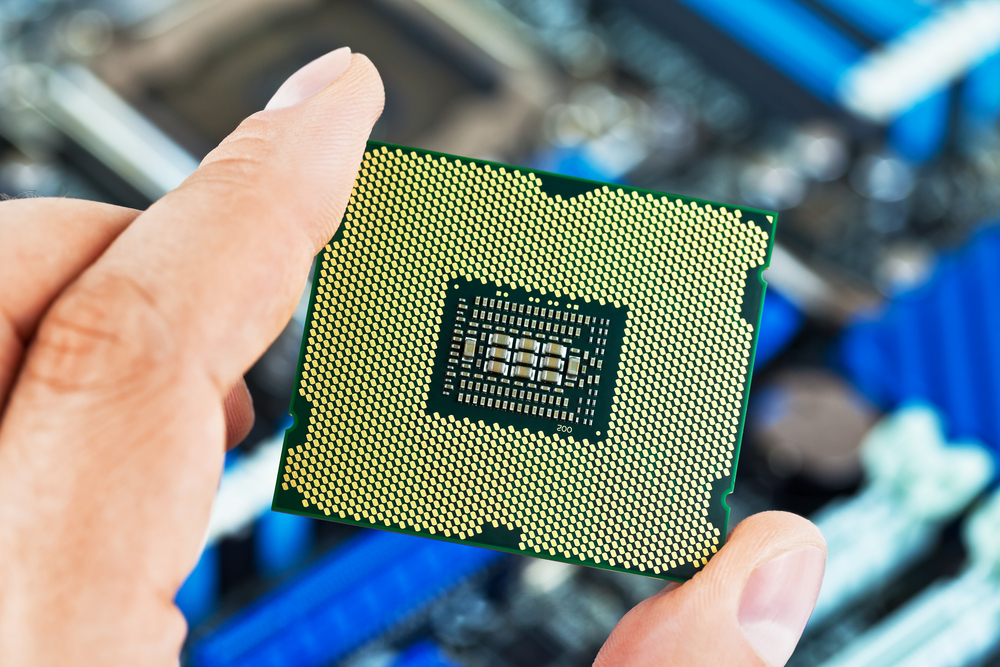 Arm launches its first new chip architecture in a decade
Arm launches its first new chip architecture in a decadeNews Arm v9 promises improved security, better AI performance, and double-digit CPU performance increases
By Zach Marzouk Published
-
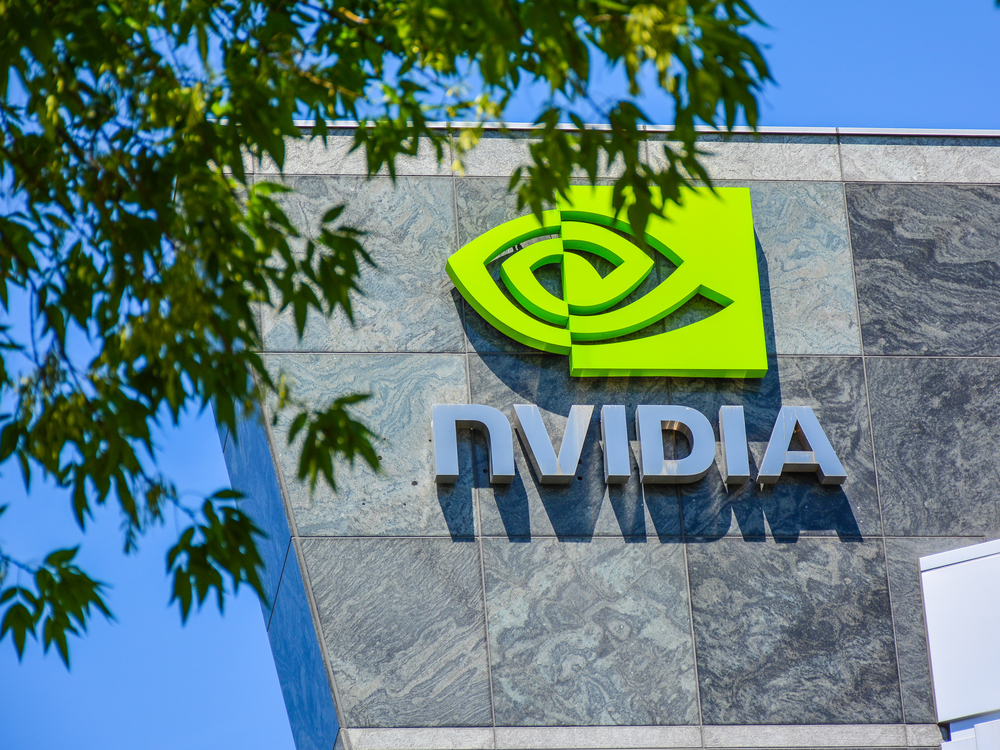 Nvidia is officially buying Arm for $40 billion
Nvidia is officially buying Arm for $40 billionNews Arm co-founder slams the deal as an "absolute disaster for Cambridge, the UK and Europe"
By Bobby Hellard Published
-
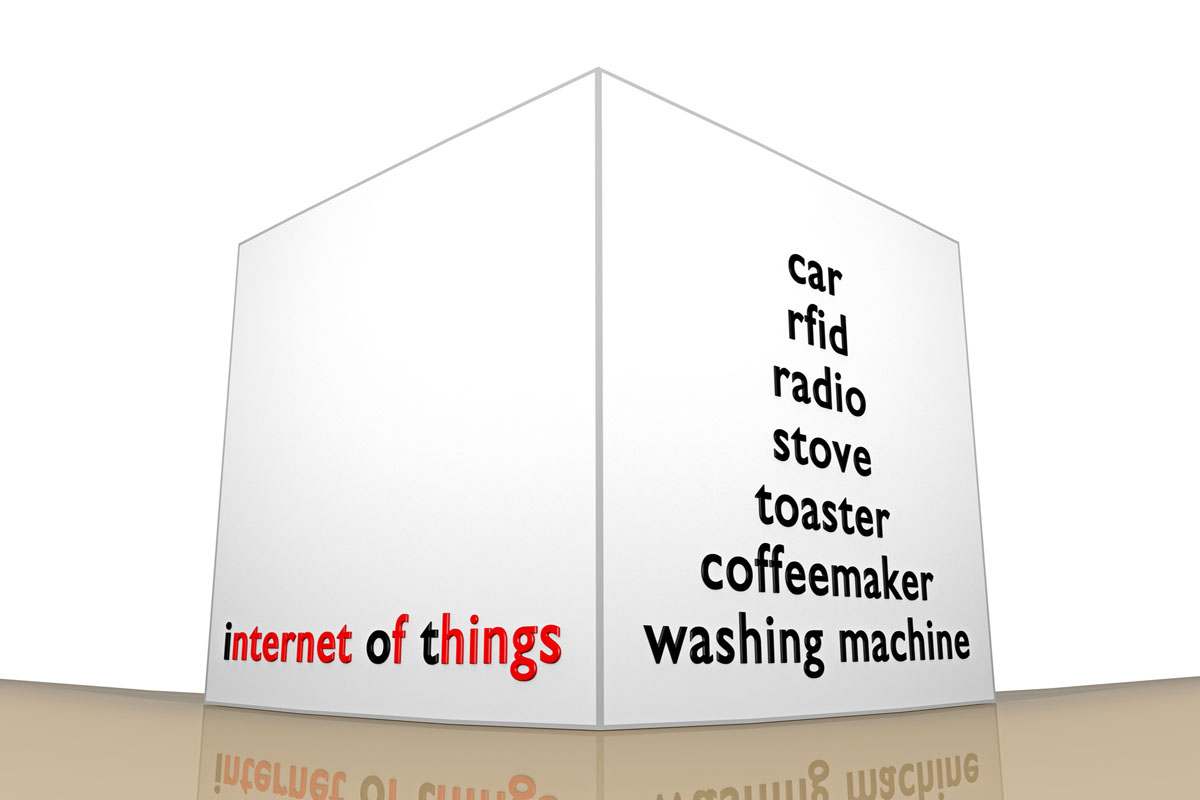 IBM and ARM collaborate on IoT Starter Kit
IBM and ARM collaborate on IoT Starter KitNews The tie-up will offer businesses a means to develop prototypes of new smart devices
By Clare Hopping Published
-
 ARM buys Internet of Things security company Offspark
ARM buys Internet of Things security company OffsparkNews The collaboration will help ARM build its IoT platform, scheduled to launch later this year
By Clare Hopping Published
-
 ARM unveils mbed OS for Internet of Things
ARM unveils mbed OS for Internet of ThingsNews Free OS could help developers speed up IoT products and devices, it is hoped
By Rene Millman Published
-
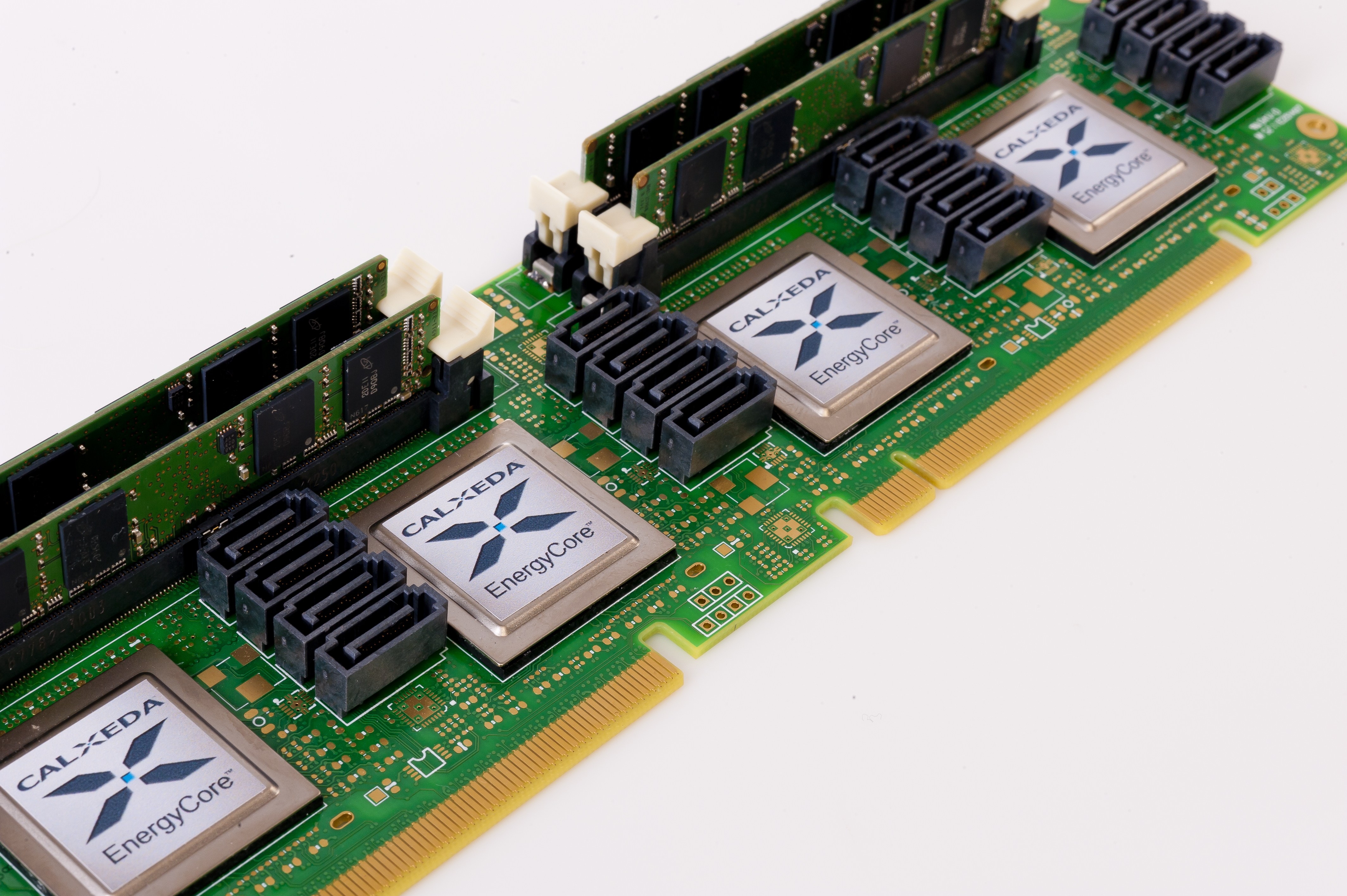 ARM server chip crew Calxeda 'shutting down'
ARM server chip crew Calxeda 'shutting down'News Calxeda runs out of money despite apparent industry interest in ARM servers.
By Tom Brewster Published
-
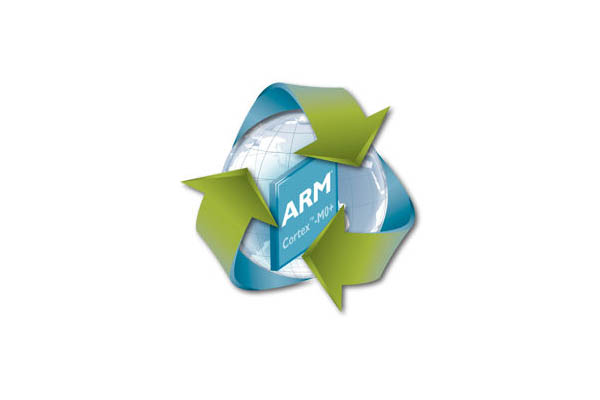 ARM unveils ultra-efficient Cortex-M0+ processor for connected devices
ARM unveils ultra-efficient Cortex-M0+ processor for connected devicesNews Firm looks to create intelligent devices with 32-bit chip
By Khidr Suleman Published